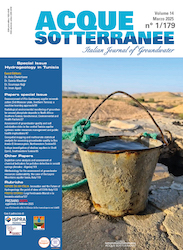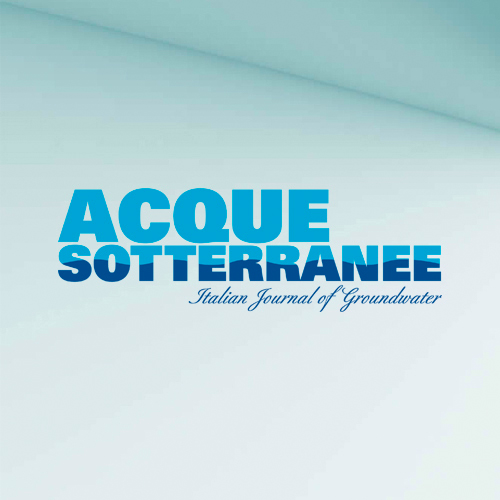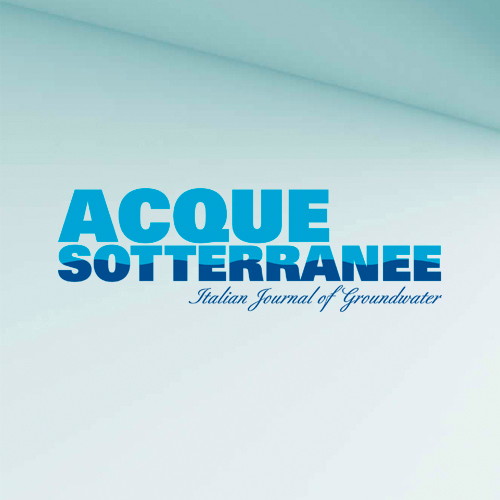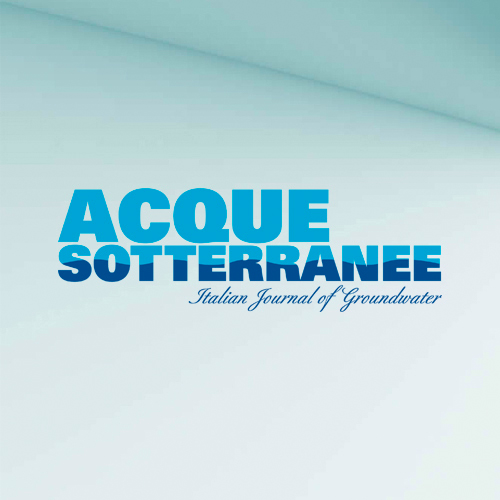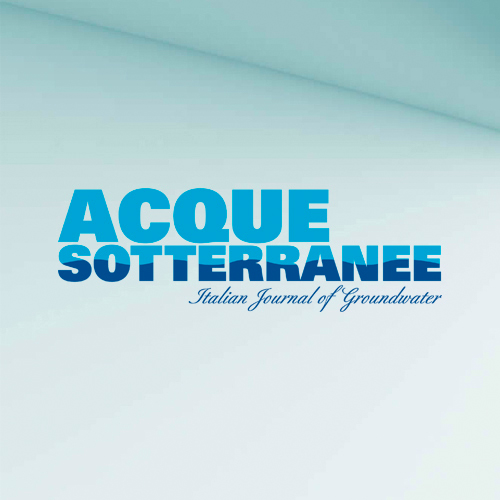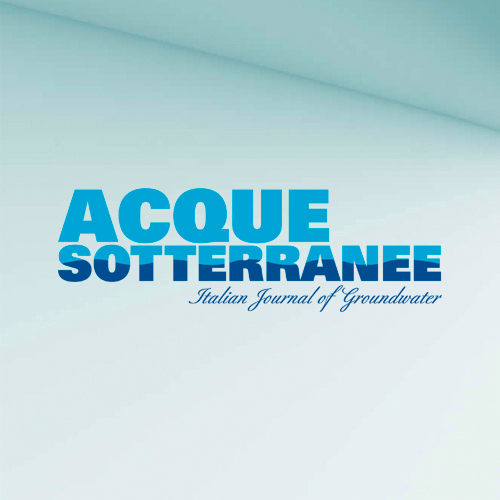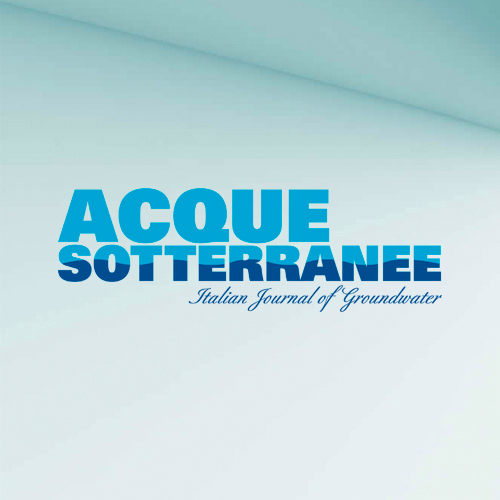Isotope investigation of shallow aquifers in Chott Djerid, Southwestern Tunisia
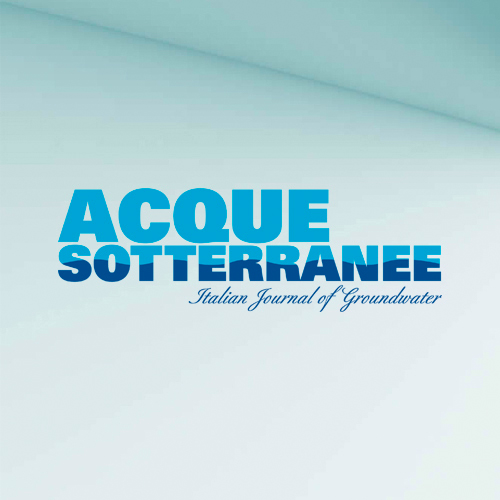
All claims expressed in this article are solely those of the authors and do not necessarily represent those of their affiliated organizations, or those of the publisher, the editors and the reviewers. Any product that may be evaluated in this article or claim that may be made by its manufacturer is not guaranteed or endorsed by the publisher.
Authors
Groundwater is a crucial resource for various purposes, especially in the arid land of Southern Tunisia. The assessment of its properties needs a deeper understanding of the main mineralization processes. Therefore, a comprehensive characterization of shallow aquifers in Chott Djerid area has been carried out using isotope methods based on oxygen-18, deuterium, tritium, carbon-14 and carbon-13 on 46 water samples. The obtained results indicated that both oxygen-18 and deuterium pled to meteoric precipitations in the case of the Saharan aquifers. They also highlighted the mixing effect from deeper groundwaters of the underlying Senonian aquifer. This was not the case of the oasis shallow groundwaters, which resulted from the irrigation return flow. Deuterium excess showed that the dissolution of evaporites was considered the main process of salinization (contributing up to 90%), compared to evaporation for oasis groundwaters. Tritium data indicated the presence of a local recharge in the Saharan region; it was estimated by the chloride mass balance to be 13.2 mm/year. The combination of carbon-14 and carbon-13 showed two main groups of water: (1) waters of the Saharan aquifers showing a slight evolution from an old to a recent pole and (2) old waters represented by both the Senonian and the oasis aquifers. A third intermediate group highlighted the mixing effect in the case of several samples from the Saharan neighboring aquifers. In conclusion, isotope-based investigation of shallow aquifers may help decision-makers to set up a sustainable approach for groundwater management in the Djerid harsh environment.
How to Cite

This work is licensed under a Creative Commons Attribution-NonCommercial 4.0 International License.
PAGEPress has chosen to apply the Creative Commons Attribution NonCommercial 4.0 International License (CC BY-NC 4.0) to all manuscripts to be published.


